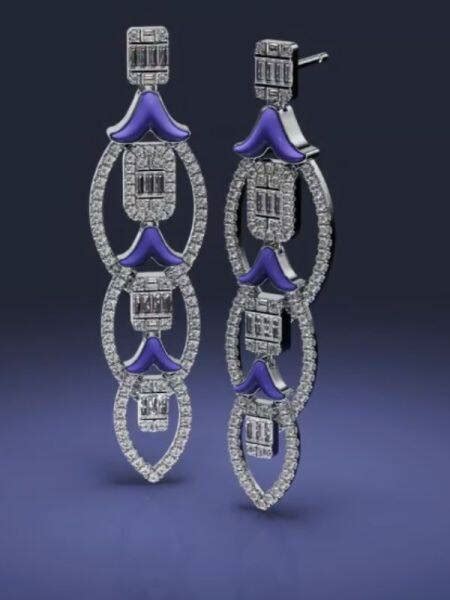How AI is revolutionizing the NFT art world

The art world has long been a fusion of human creativity and technology, with artists relying on traditional methods to create their works. However, with the rise of blockchain technology and cryptocurrencies like Bitcoin, non-fungible tokens (NFTs) have emerged as a new frontier for artistic expression. Among these NFTs is a rapidly growing genre known as “innovative” or “hybrid” art – where human imagination meets artificial intelligence (AI).
In this article, we explore the exciting developments in AI-driven NFT art forms and what they mean for the future of artistic innovation.
The Rise of Hybrid Art
Hybrid art is a subset of the broader NFT genre that combines human creativity with elements generated by artificial intelligence. This fusion allows artists to push the boundaries of traditional representation and explore new ways to express themselves and their ideas. Working with AI algorithms, artists can create unique patterns, shapes, and textures that are difficult or impossible to achieve by hand.
One notable example is “algorithmic art,” a style in which artificial intelligence programs are used to generate images, music, or videos that mimic the aesthetics of human-made works. For example, an artificial intelligence algorithm can be trained on a dataset of classical paintings to create new pieces that resemble them. This process allows artists to experiment with new styles and themes without the need for extensive artistic training.
The Role of Generative Adversarial Networks (GANs)
Generative adversarial networks (GANs) are a type of AI algorithm used in hybrid art to generate realistic images, videos, or 3D models from scratch. GANs consist of two neural networks: one that generates data and the other that evaluates the generated output. This adversarial process forces the generator network to produce more realistic content, which is then refined by the discriminator network.
GANs have played a significant role in creating some of the most impressive AI-generated artworks, including:
- Edmond de Belamy, a digital artwork that sold for $432,500 at Christie’s in 2018.
- Coastal City, an AI-generated painting created by an anonymous artist using GANs.
AI-Generated Music
The integration of AI into music production has also led to the creation of innovative NFT art forms. AI algorithms can analyze and generate musical samples, melodies, or even entire compositions based on user input, such as their favorite artists or songs.
One notable example is “AIVA,” an AI composer who uses machine learning algorithms to create original music in a variety of styles, from classical to jazz. AIVA has created over 100 pieces of music and continues to evolve with each new input.
The Future of Hybrid Art
As AI technology advances, we can expect even more innovative hybrid art forms to emerge. The integration of human creativity and machine learning algorithms is revolutionizing the art world, allowing artists to:
- Automate repetitive tasks
, freeing up time for more creative pursuits.
- Explore new styles and themes, pushing the boundaries of artistic expression.
- Collaborate seamlessly with AI algorithms to create truly unique pieces that showcase both human and machine creativity.
In short, the intersection of AI and NFT art is an exciting and rapidly evolving field. As technology continues to advance, we can expect to see even more innovative hybrid art forms emerge that challenge our understanding of how art is made.
Resources:
- “The Future of Art” by Artnet
- “AI-Generated Music” by The Verge
- “GANs in Hybrid Art” by Hyperallergic
Call to Action:
Join the conversation about AI-driven NFT art and its potential for artistic innovation.






